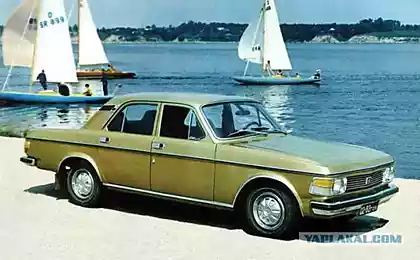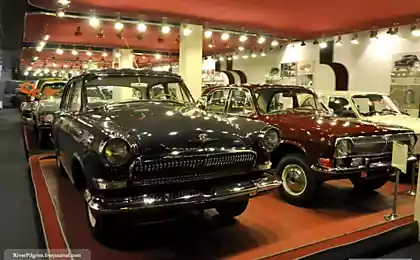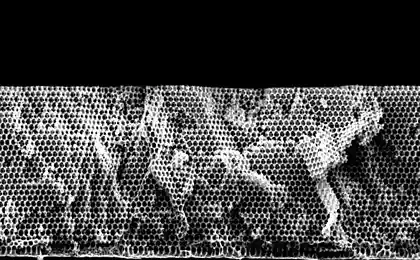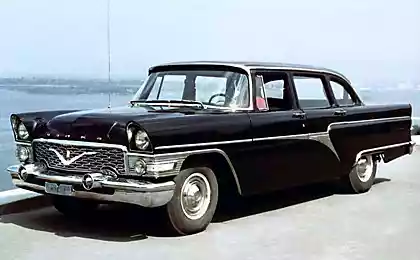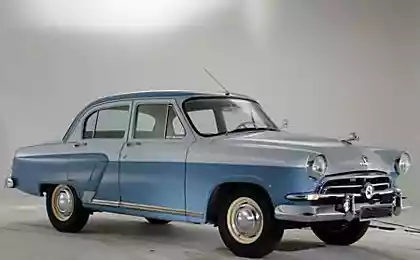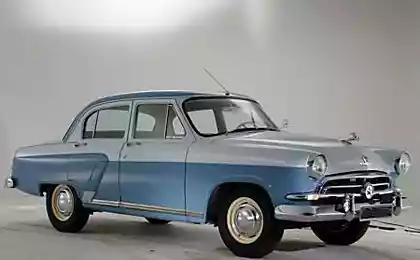521
Norwegian ferries are switching from diesel to electricity
The Norwegian government ordered the carriers to buy only environmentally friendly ferries, hybrid or fully electric. So the authorities hope to reduce the emission of toxic substances and save on diesel fuel.
Each year, approximately 20 million passenger cars, vans and trucks cross the fjords by ferries, most of which runs on diesel fuel. But soon this situation will change.
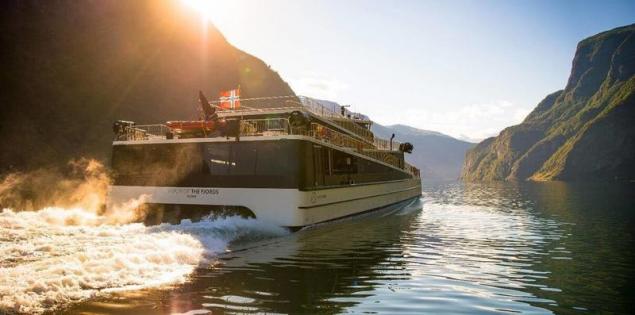
After two years of testing the first electric ferry Ampere carriers are preparing for a large-scale transition to alternative fuels, as the new government decree requires all new ferry engines with zero or low emission.
On Ampere set battery 800 kWh with a weight of 11 tons, which powers two electric motors on the sides of the vessel. The battery charges fully during the night and is recharged during loading berths on both sides of the fjord, where he was waiting for more powerful batteries.
The cost of electricity to transport 360 passengers and 120 cars across the fjord with a length of 6 km by ferry Ampere is about 50 kroner ($5,80). In Norway, this money can buy you a Cup of coffee and a bagel.

In addition, the shipping division of Siemens have developed Ampere, announced the possibility of conversion of 84 diesel electric ferry. And 43 ferry for longer routes that are more difficult to electrify, will be turned into hybrids and will use diesel engines to charge the batteries while driving.
If all these measures are implemented, emissions of nitrogen oxide will be reduced by 8,000 tons per year and carbon dioxide emissions — 300,000 tons per year, comparable to the emissions of 150,000 cars. Each ferry will save approximately one million liters of diesel fuel and reduce energy costs by at least 60%.
"We're going to work with low emission ferries, because this has a positive effect on the climate, Norwegian industry and Norwegian jobs," said Prime Minister Erna Solberg, promising also to help Finance retrofitting of infrastructure of marinas.
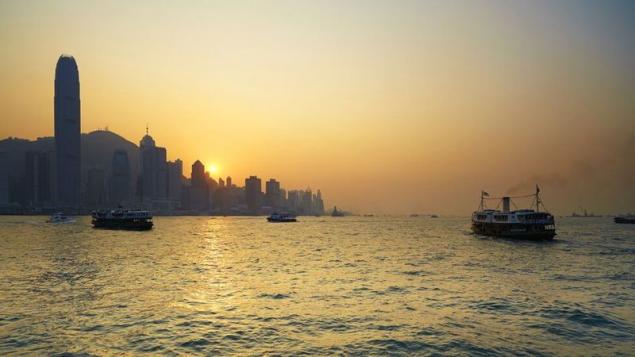
The project of high-speed passenger ferry on hydrogen fuel was after two years of research feasible. The study showed that it is technically possible to create high-speed steam engine on hydrogen with zero emissions. SF-Breeze was conceived as a large passenger ship for 150 people and a maximum speed of 35 knots, which should make four sailings per day length of about 80 km each and to get gas once in the middle of the day. published
P. S. And remember, only by changing their consumption — together we change the world! ©
Source: hightech.fm/2017/04/04/norway-ferry
Each year, approximately 20 million passenger cars, vans and trucks cross the fjords by ferries, most of which runs on diesel fuel. But soon this situation will change.

After two years of testing the first electric ferry Ampere carriers are preparing for a large-scale transition to alternative fuels, as the new government decree requires all new ferry engines with zero or low emission.
On Ampere set battery 800 kWh with a weight of 11 tons, which powers two electric motors on the sides of the vessel. The battery charges fully during the night and is recharged during loading berths on both sides of the fjord, where he was waiting for more powerful batteries.
The cost of electricity to transport 360 passengers and 120 cars across the fjord with a length of 6 km by ferry Ampere is about 50 kroner ($5,80). In Norway, this money can buy you a Cup of coffee and a bagel.

In addition, the shipping division of Siemens have developed Ampere, announced the possibility of conversion of 84 diesel electric ferry. And 43 ferry for longer routes that are more difficult to electrify, will be turned into hybrids and will use diesel engines to charge the batteries while driving.
If all these measures are implemented, emissions of nitrogen oxide will be reduced by 8,000 tons per year and carbon dioxide emissions — 300,000 tons per year, comparable to the emissions of 150,000 cars. Each ferry will save approximately one million liters of diesel fuel and reduce energy costs by at least 60%.
"We're going to work with low emission ferries, because this has a positive effect on the climate, Norwegian industry and Norwegian jobs," said Prime Minister Erna Solberg, promising also to help Finance retrofitting of infrastructure of marinas.

The project of high-speed passenger ferry on hydrogen fuel was after two years of research feasible. The study showed that it is technically possible to create high-speed steam engine on hydrogen with zero emissions. SF-Breeze was conceived as a large passenger ship for 150 people and a maximum speed of 35 knots, which should make four sailings per day length of about 80 km each and to get gas once in the middle of the day. published
P. S. And remember, only by changing their consumption — together we change the world! ©
Source: hightech.fm/2017/04/04/norway-ferry



